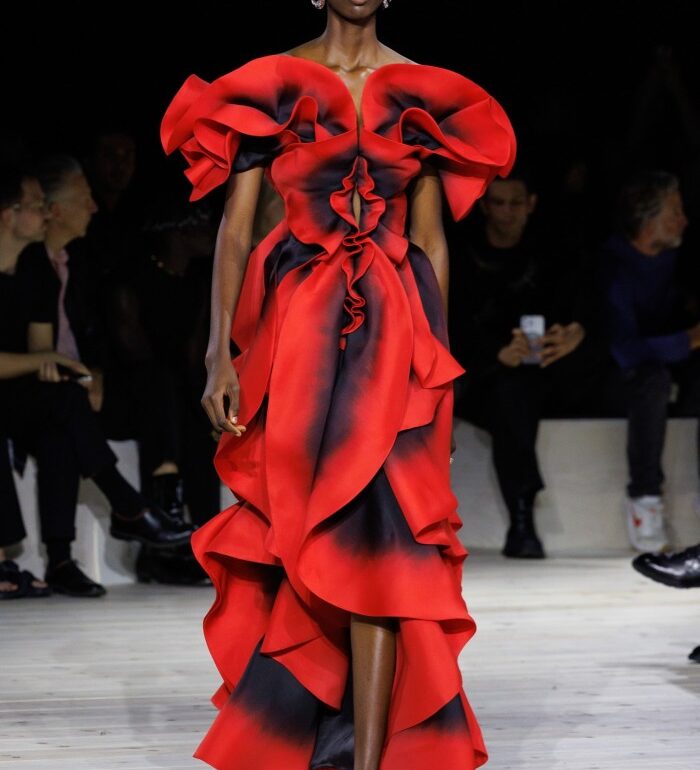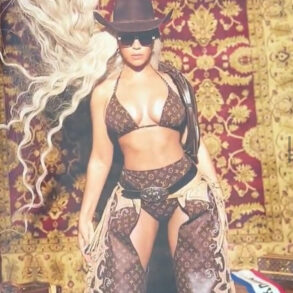There are few brands with a distinct enough design vocabulary that one of their black suits could be picked out from a garment rail, no label needed. Alexander McQueen is one, and for that the brand owes a debt to Sarah Burton, who showed her final collection for the Kering-owned company after 13 years as artistic director and cemented its tailoring legacy.
It was a final bow to remember, with a glittering front row (Cate Blanchett, Elle Fanning) and a heartfelt, sometimes violent collection “inspired by female anatomy, Queen Elizabeth I, the blood red rose and [the sculptor] Magdalena Abakanowicz”, Burton wrote in her show notes.
The collection offered twists on signatures she and her team long ago perfected: black trouser suits cut out and spliced with leather; an ivory jumper sweetly crocheted with climbing roses that turned to reveal, chillingly, spinal vertebrae up the back; a round-shouldered and immaculately tailored coat embroidered to look as if it had been brushed with blood. Naomi Campbell wiped a conspicuous tear as she finished the show in a silver corset moulded, breastplate-like, over a shredded skirt.
Burton dedicated the show to the memory of Lee Alexander McQueen, “whose wish was always to empower women, and to the passion, talent and loyalty of my team”.
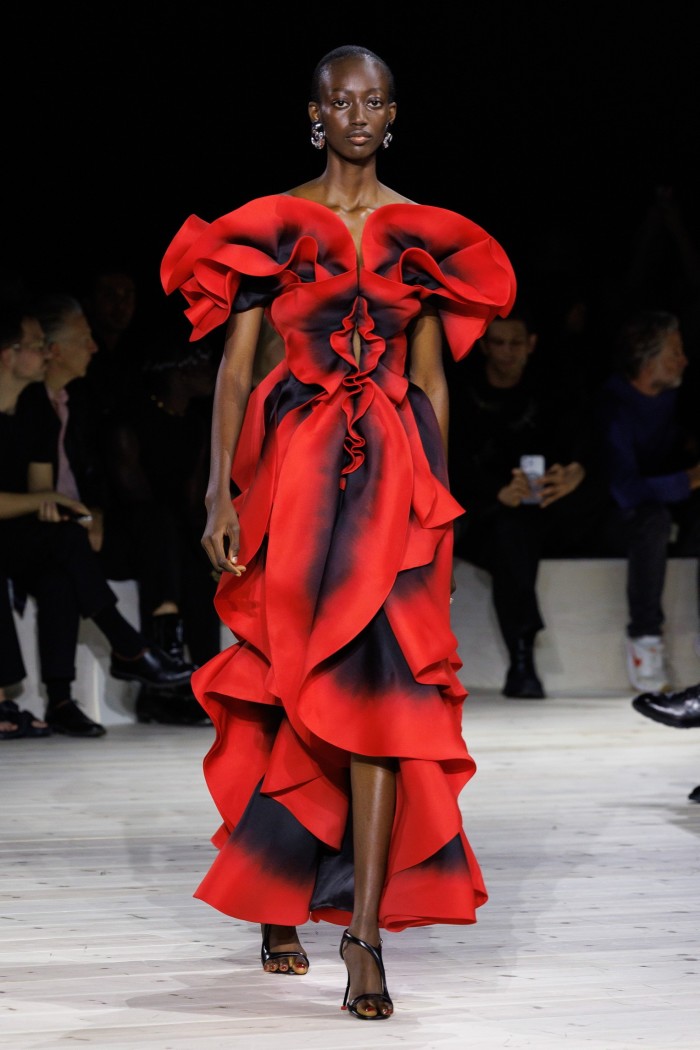
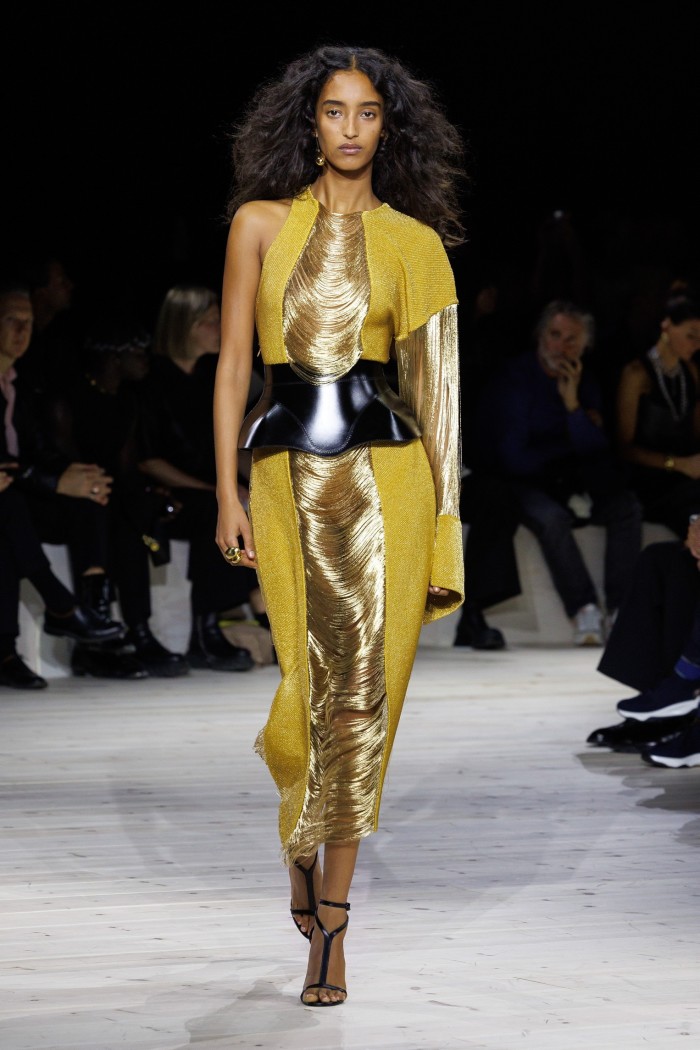



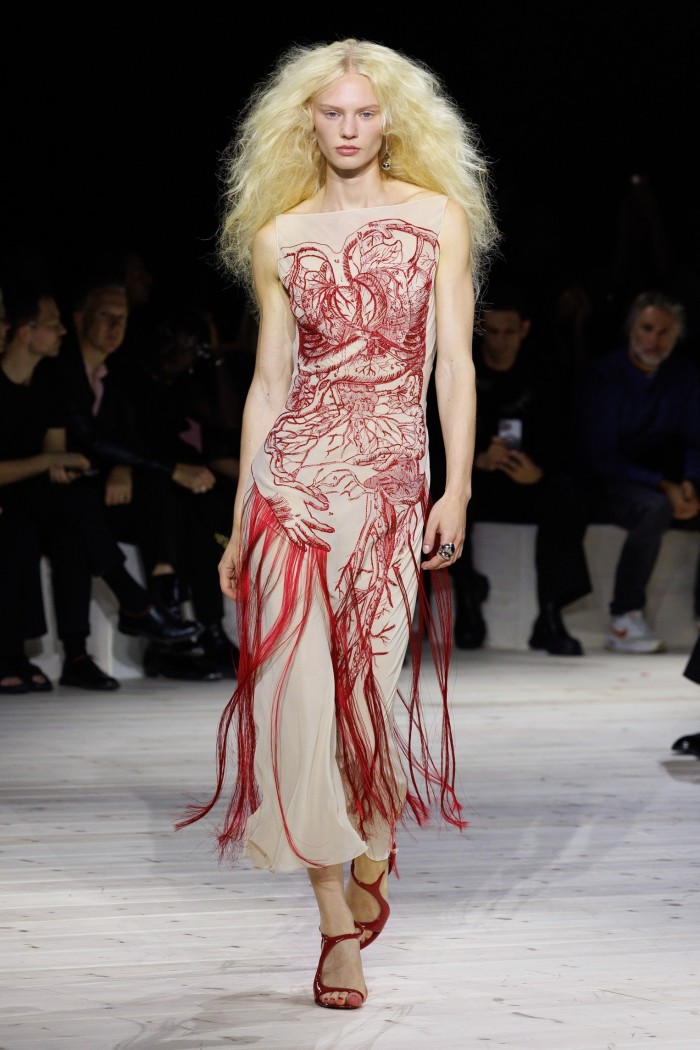







There was a personal element, too, in the Balenciaga show. Backstage, designer Demna Gvasalia (who goes professionally by the name Demna) held up a photo of himself and his husband Loïk Gomez on holiday in the south of France this summer, unrecognisable in trim collared shirts and chinos with suede moccasins. At dinner the evening before the photo was taken, guests at a nearby table had asked to move because they found Demna and Gomez, who often dress in Balenciaga, “scary. . . And so the day after we went and bought some clothes to look like them,” he recalled. “And to feel how it feels to fit in for once, to be the kind of Demna the world can tolerate.”
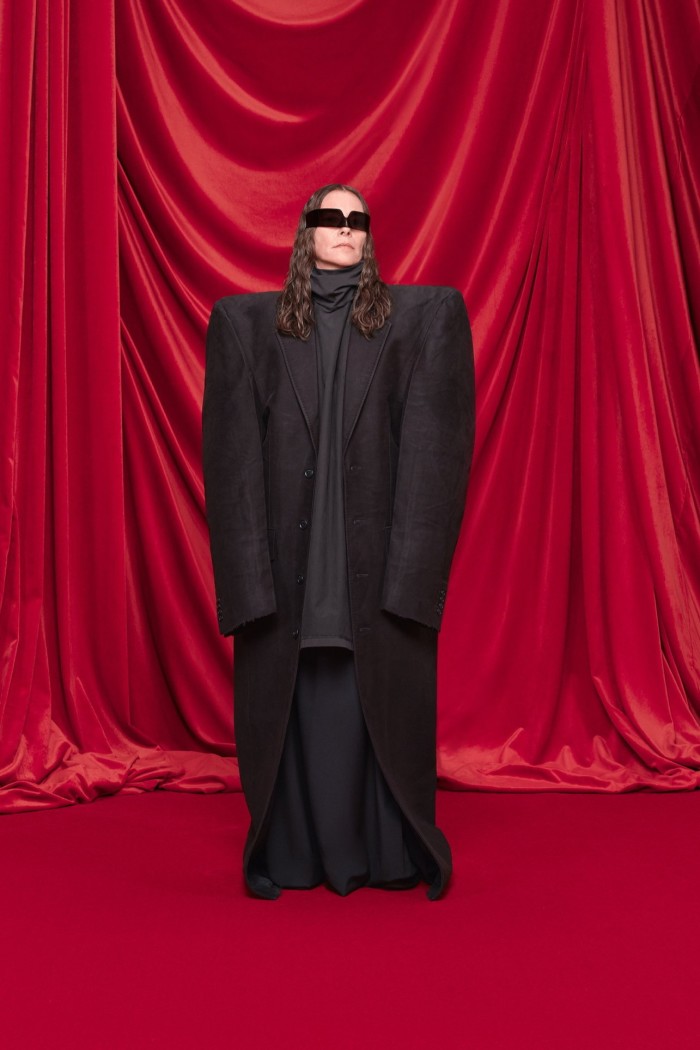



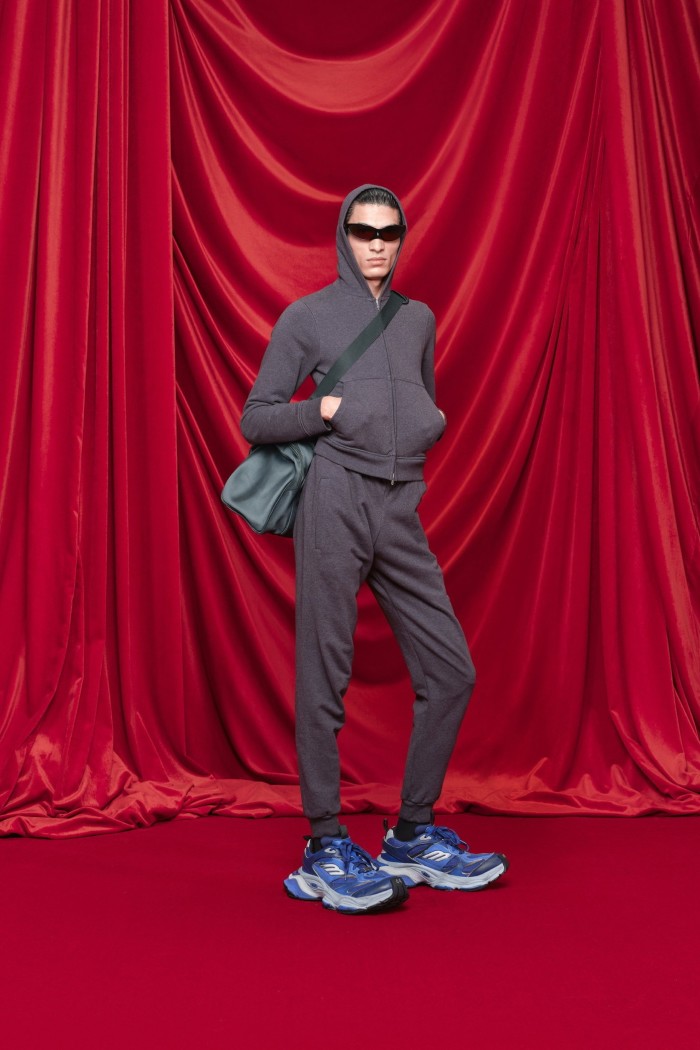



“It felt disgusting,” he said with a laugh, and the experience catalysed this season’s investigation of fashion and identity, of self and the singular aesthetic Demna cultivated first at his own label, Vetements, and then at Balenciaga since late 2015.
Within the vast domed complex that houses Napoleon’s tomb in Paris, on a raised catwalk draped theatrically in red velvet, a cast that included his mother and former teachers from the Royal Academy of Fine Arts Antwerp traipsed past in Demna classics: pleated and cape-backed floral dresses that harked back to his debut collection but in their soft colours were more tasteful than garish; flat, squarish jackets with towering shoulders that ended somewhere around the knees; and shrunken tracksuits that assumed ridiculous proportions when teamed with a new supersized trainer that riffed on the Triple S. More interesting was a dress that looked as if it had been poured on to the model from a tin of white paint, draped and left to dry.
Demna said he felt his previous collection had been too “polished”, and he’d wanted this collection to feel rougher, more like himself: “I don’t care a lot about luxury or the whole idea of it, because I don’t want to give people a proposition to look like they’re rich or successful or powerful.”
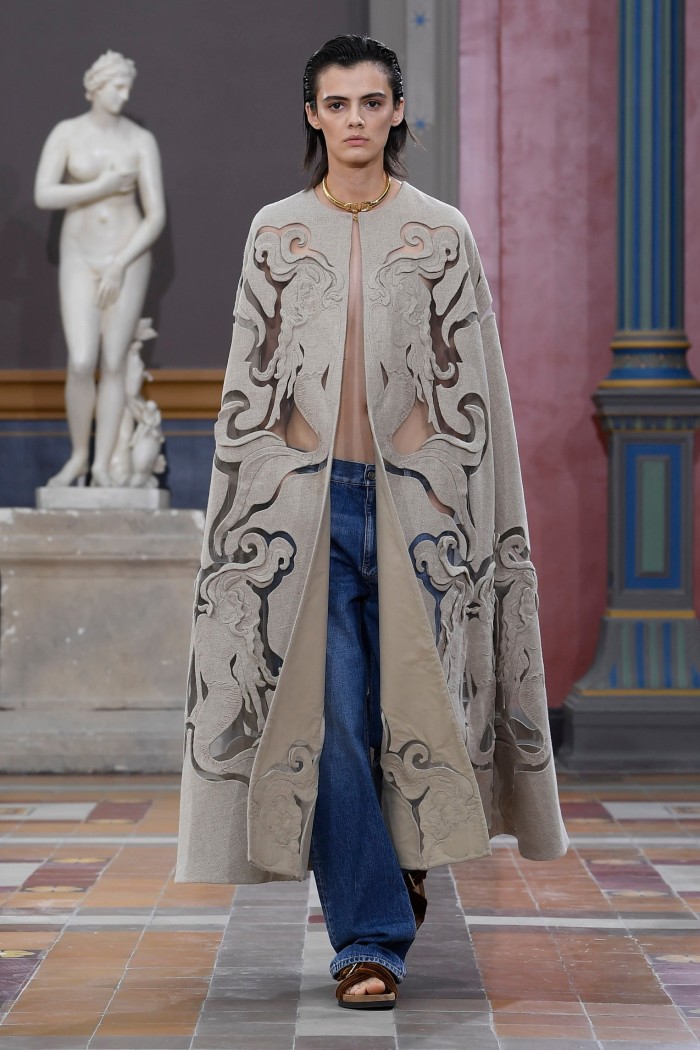



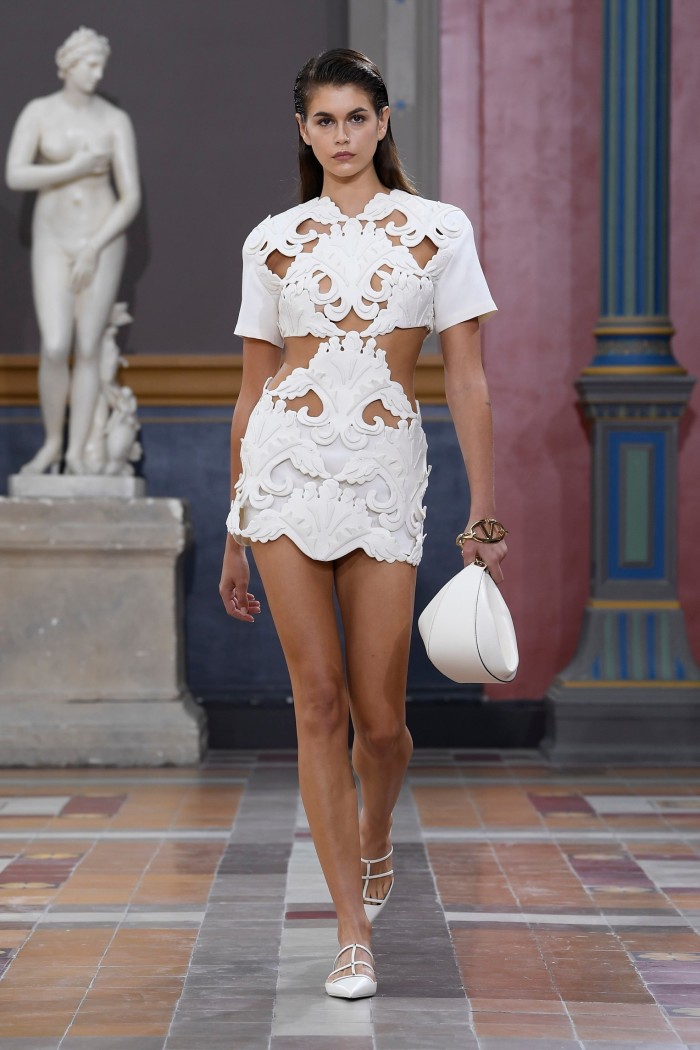



It was worlds away from the pristine, predominantly white show Valentino’s Pierpaolo Piccioli hosted later that afternoon under the glass-ceilinged courtyard of the École des Beaux-Arts. Valentino always draws a starry crowd, and outside the venue onlookers in the street pushed to glimpse celebrities including Florence Pugh, Cher and actors Penn Badgley and Andrew Garfield.
They assembled in the front row, while FKA Twigs and her team of dancers, clad in skin-coloured bandeau tops and barely-there skirts, writhed in gravel pits (there was singing too). Around them walked models in short dresses stitched entirely from embroidered flowers, pomegranates and leaves, followed by dresses printed or laser cut with baroque mermaids and baggy faded jeans — clothes pitched perfectly for Valentino’s glamour-loving clientele.
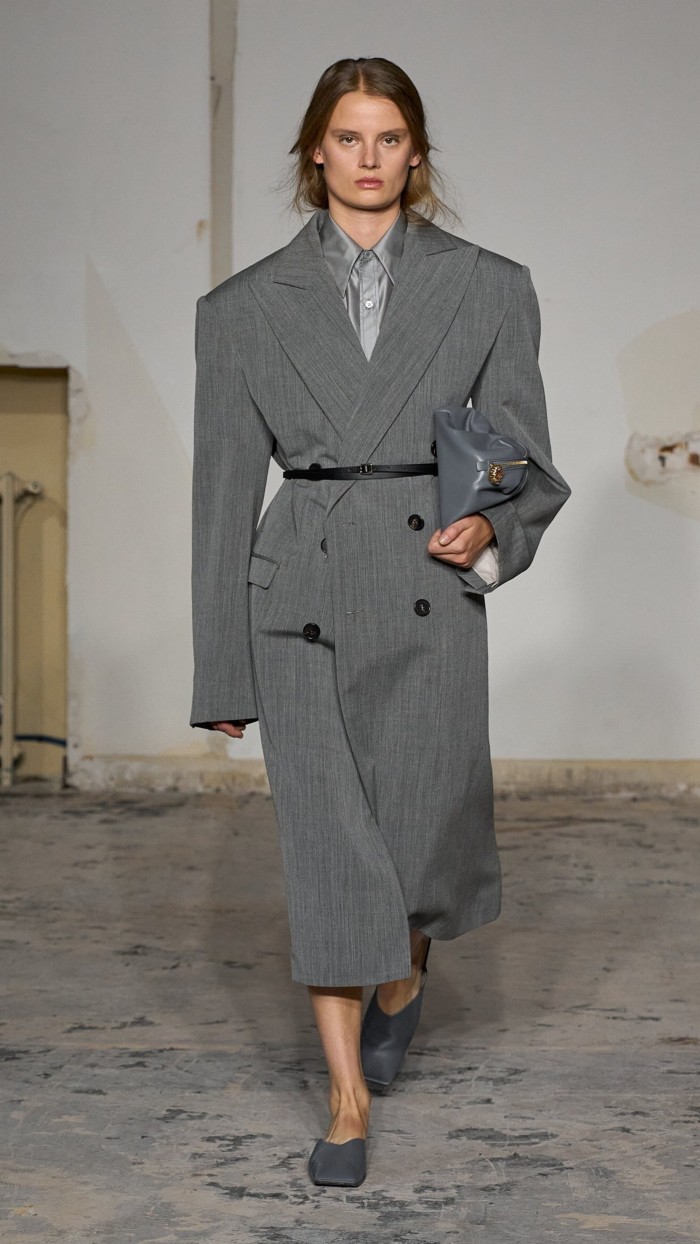



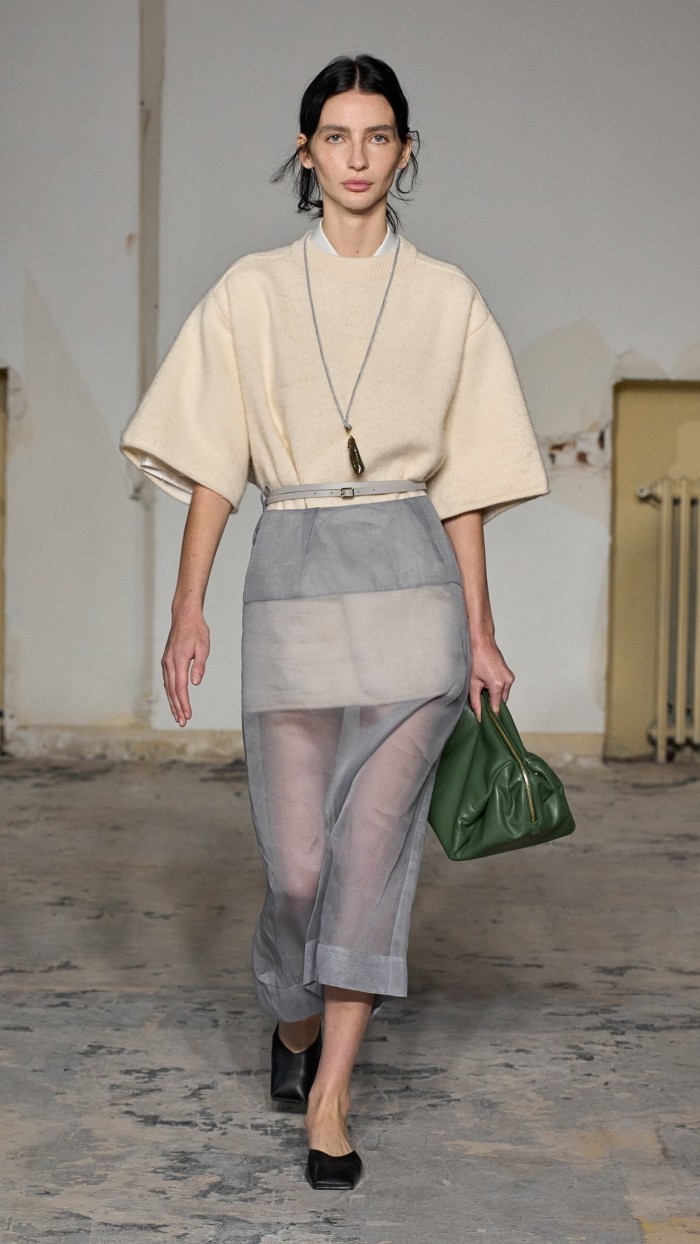



A new chapter commenced at Chinese-owned Carven, which returned to the catwalk after a five-year hiatus, this time under former Lacoste and Joseph designer Louise Trotter. The show invite was a photograph of a blank canvas, and Trotter meant it: this collection had more in common with recent collections from Jil Sander (in the colours and shapes) and Prada (in the white padded skirts) than the Carven archives. It was wonderful in its feminine softness — shoulders and hips were rounded, waists were cinched, layers light, gauzy and semi-transparent, all of which stood in contrast to much of the sharp, flattening tailoring shown elsewhere in Paris. It might not have been a wholly unique vision, but it was a tight, cohesive one — a good start.
Philophiles will have to wait a bit longer for Phoebe Philo’s new chapter. The ex-Céline designer was expected to drop photos of her debut collection for her namesake label during the Paris shows. Instead, the brand issued an email announcing that the collection will premiere on October 30, accompanied by campaign imagery that revealed only snippets — a model in pointed sunglasses, a section of brown trouser pulled tight over the behind.
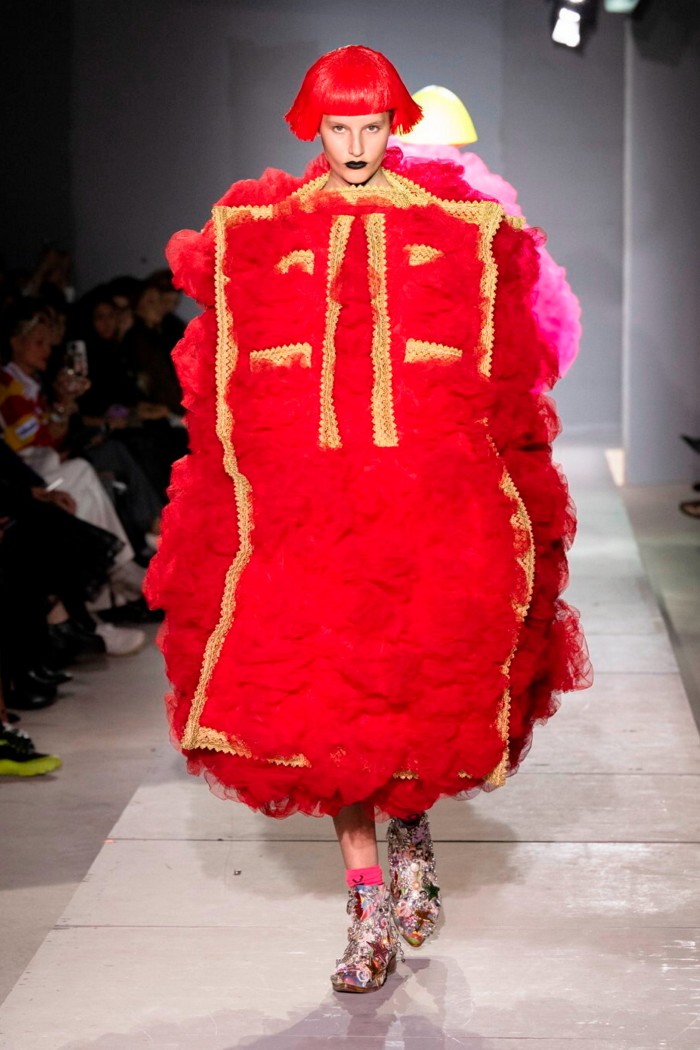



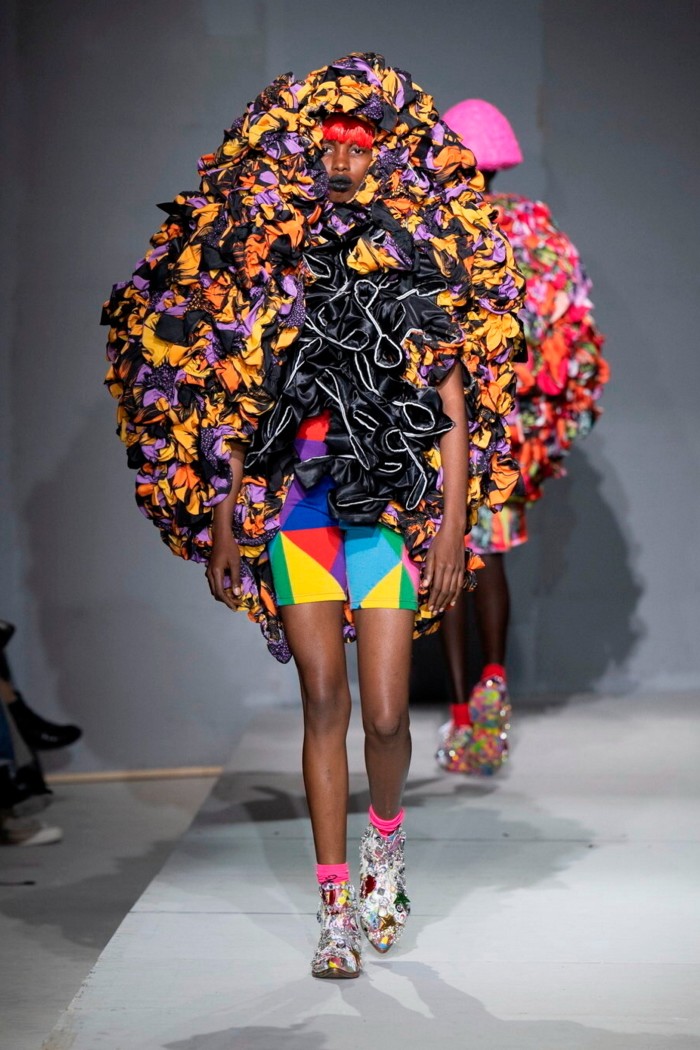



Paris also played host over the weekend to Comme des Garçons’ Rei Kawakubo and her protégés Junya Watanabe and Kei Ninomiya. Kawakubo’s creations, shown in a crowded warehouse on the eastern fringes of Paris, were pure sculpture, this time joyous: “To break free of the gloomy present, I hope to present a bright and light future,” she wrote in her show notes.




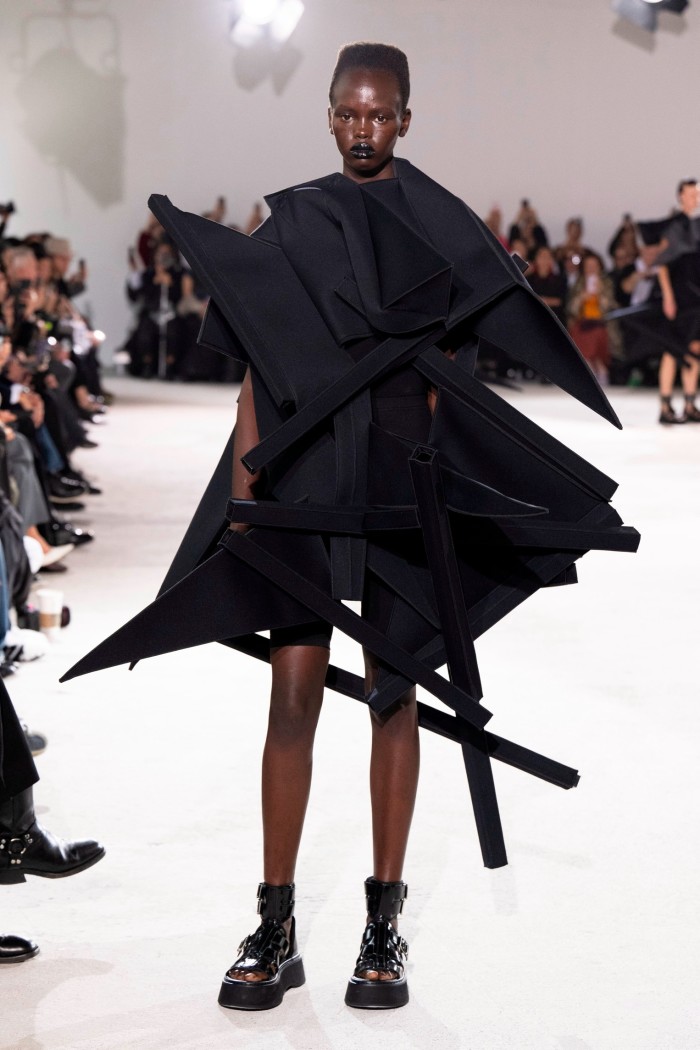



Meanwhile Watanabe, who tends to nail the balance between conceptual and relatable, this season leaned more abstract, with origami-like forms of black scuba jersey steadily evolving into more wearable propositions such as a sculptured black leather moto jacket refashioned into a cape. It was not his strongest collection to date.
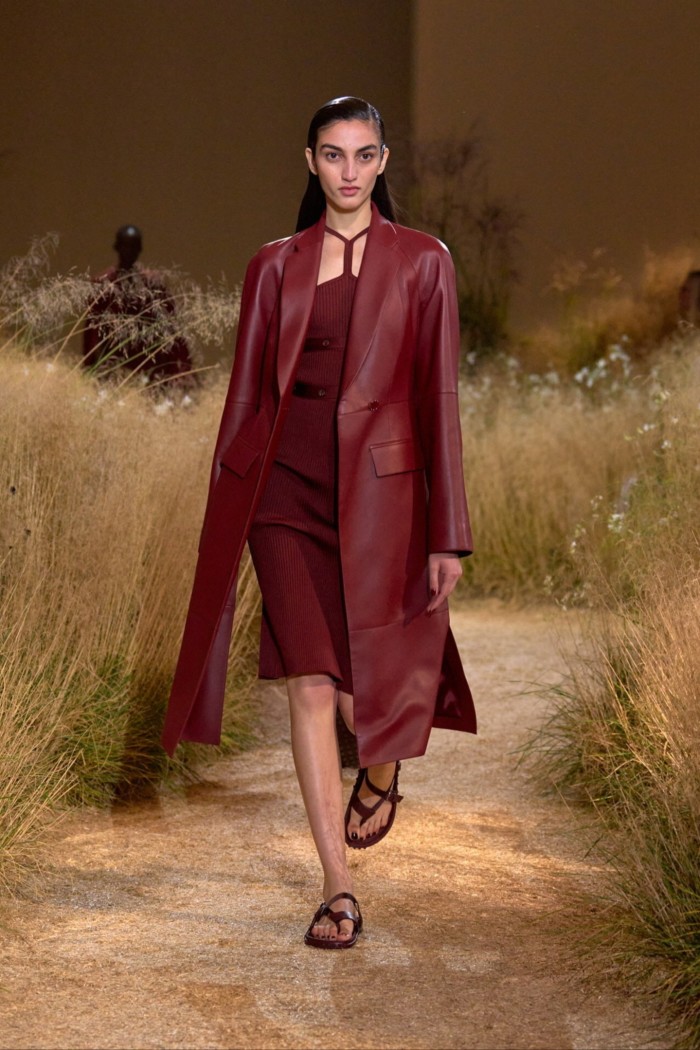



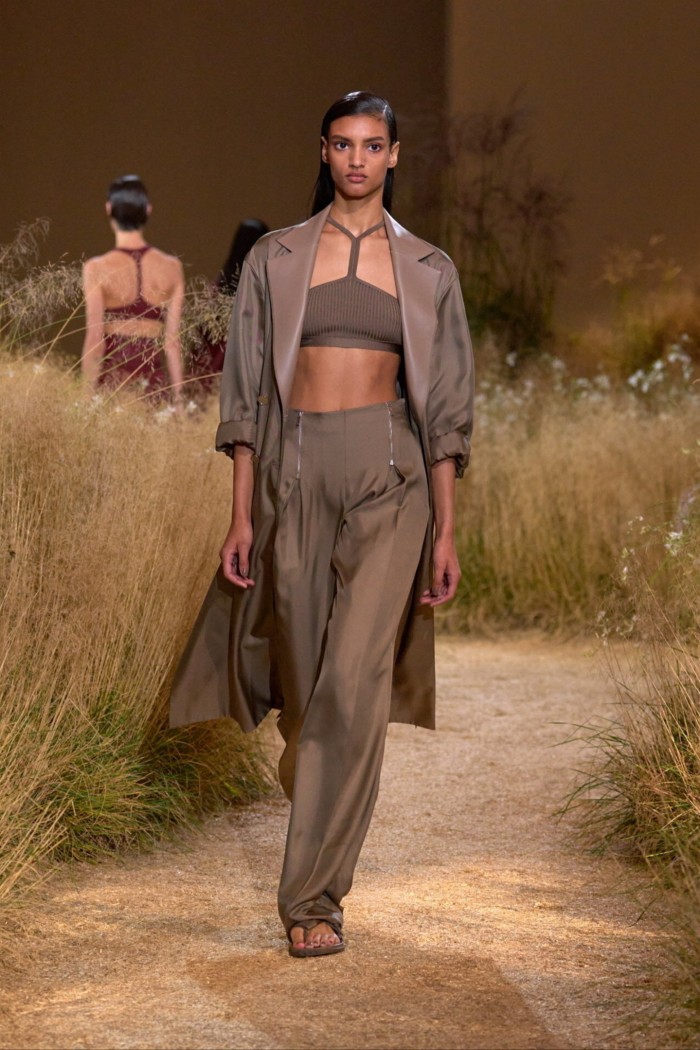



The clothes that Nadège Vanhee-Cybulski designs for Hermès are always wearable, and beautifully made. Models with slicked-back hair moved in a Piet Oudolf-esque landscape of yellowing grasses in slim taupe and burgundy dresses which looked rib-knit but were in fact cut from very fine leather, and which could be unbuttoned to reveal a swath of shoulder or a navel. It was sexy and sporty but restrained, a collection that followed the trend for body-skimming and skin-baring fashion rather than introducing a new direction for it.
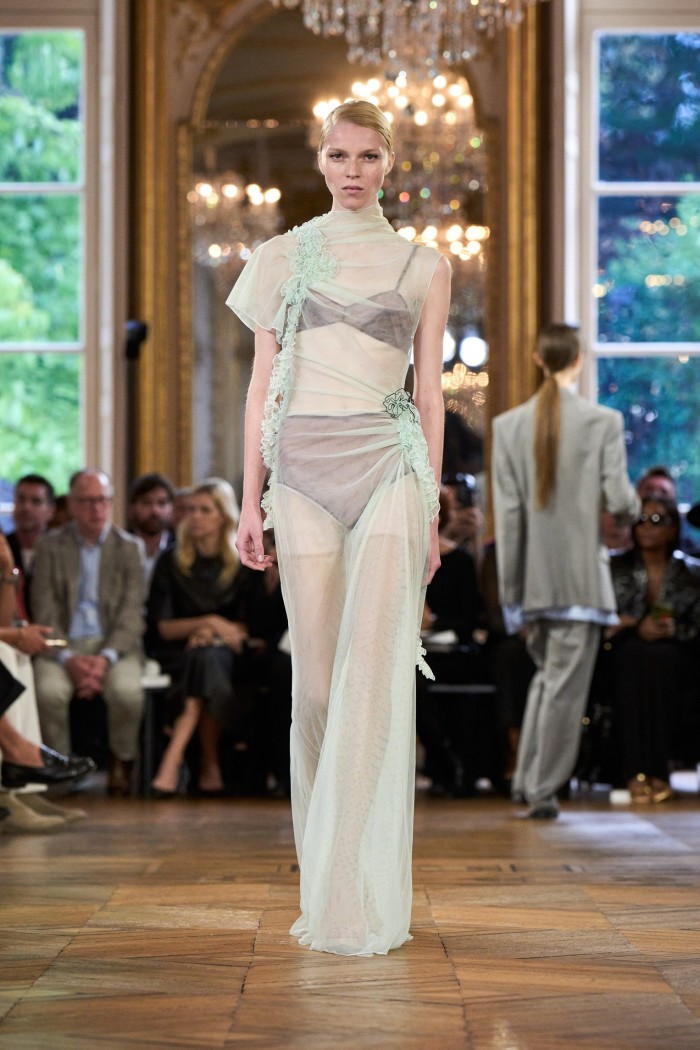



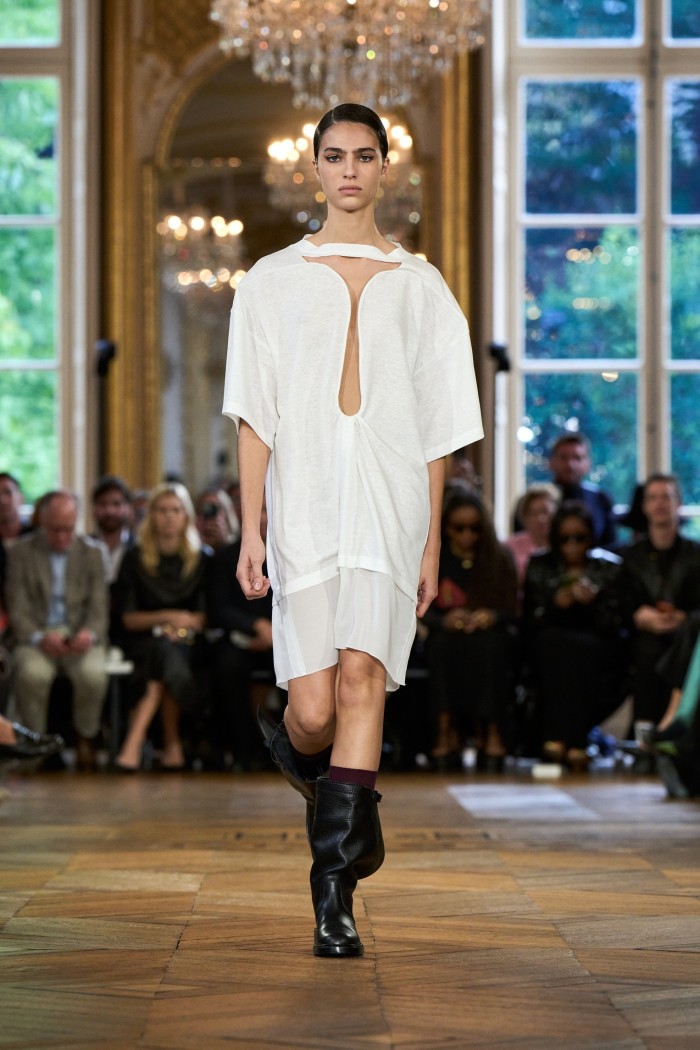



For 15 years Victoria Beckham has been turning out high-quality ready-to-wear, but has never developed the design codes that would make her clothes identifiable without a garment tag, or without the little VB monogram she has lately stitched on to the fronts of shirts. Like designers in New York, where she used to show, she is good at making more avant-garde concepts from Europe commercial and relatable — here she adapted the current enthusiasm for underwear-as-outerwear as ribbed-knit bodysuits with matching cardigans for layering or lounging at home, accompanied by bias-cut evening gowns cut from grey T-shirt material. It was sleek and sellable, but Beckham could take a page or two from Burton’s playbook.
This post was originally published on this site be sure to check out more of their content.




